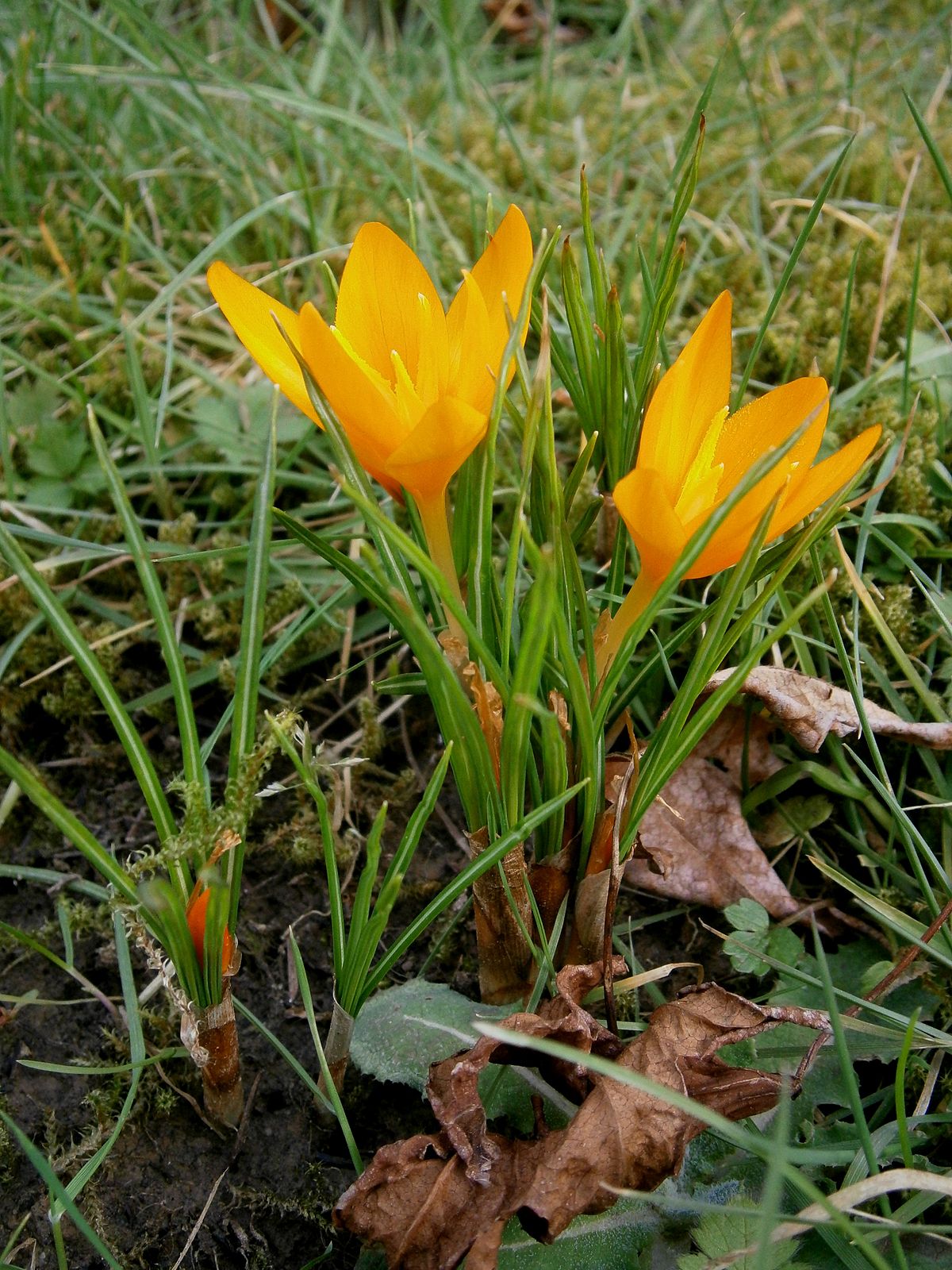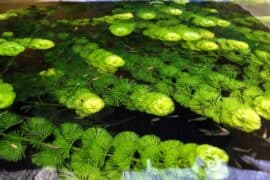Yellow crocus
(Crocus flavus)

Description
“Pet poisonous” – Toxic parts: entire plant Crocus flavus, commonly known as the yellow crocus or yellow fall crocus, is a species of perennial flowering plant that belongs to the family Iridaceae. This beautiful plant is native to the eastern Mediterranean, including Turkey, Lebanon, and Syria. Yellow crocus is a popular garden plant, prized for its showy flowers that bloom in late autumn, making it a great addition to gardens where the climate allows for it. Description Crocus flavus is a small, herbaceous perennial plant that typically grows to a height of 10-15 cm. It has narrow, grass-like leaves that emerge from a corm, a small, rounded, underground storage organ. The leaves are usually about 3-5 cm long and 1-2 mm wide, and they appear in the spring, dying back in summer. The flowers of Crocus flavus are the plant's most distinctive feature. They are large, showy, and trumpet-shaped, with six bright yellow petals and a central tube-like structure called the corolla. The flowers are usually 3-5 cm in diameter and bloom in late autumn, just as most other plants are going dormant for the winter. Habitat and Distribution Crocus flavus is native to the eastern Mediterranean, where it grows in a variety of habitats, including rocky hillsides, grasslands, and open woodlands. The plant prefers well-drained soils and can tolerate a wide range of temperatures, from hot, dry summers to cold, snowy winters. Cultivation and Uses Crocus flavus is a popular garden plant, valued for its showy flowers and ability to brighten up gardens in the late autumn. The plant is easy to grow and can be propagated by division of the corms, which should be done in early summer after the leaves have died back. The corms should be planted in a sunny, well-drained location, and they will begin to bloom in the late autumn of the following year. Crocus flavus is also used in traditional medicine, particularly in the eastern Mediterranean, where it is believed to have a range of medicinal properties. The plant has been used to treat a variety of ailments, including stomach and digestive problems, headaches, and rheumatism. Conservation Status Crocus flavus is not currently listed as threatened or endangered, although its natural habitat is under threat from development and overgrazing in some areas. The plant is also vulnerable to over-collection, as it is highly prized for its beauty and medicinal properties. Conclusion Crocus flavus is a beautiful and versatile plant that has been appreciated for centuries for its showy flowers and medicinal properties. Although it is not currently listed as threatened or endangered, it is important to be mindful of the impact of human activity on the plant's natural habitat and to ensure that it is not over-collected. With proper care and cultivation, Crocus flavus will continue to brighten up gardens and provide a valuable resource for traditional medicine for years to come.
Taxonomic tree:







